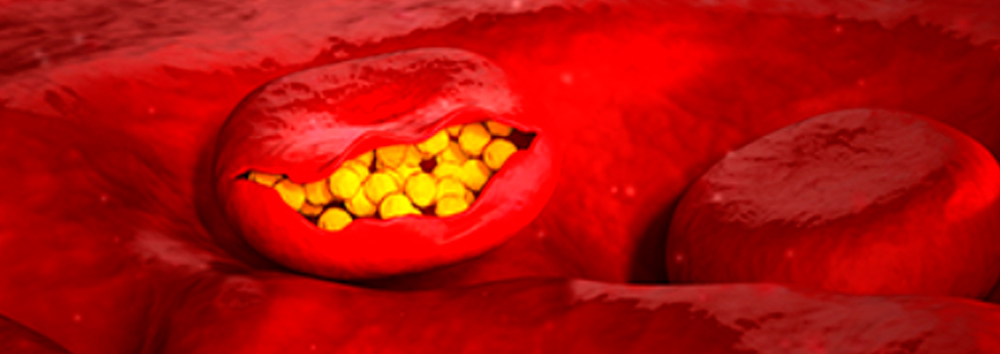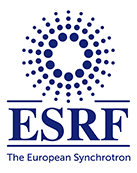Malaria remains one of the biggest killers in low-income countries. Estimates of the number of deaths each year range from 450,000 to 720,000, with the majority of deaths happening in Africa. In the last two decades, the malaria parasite has evolved into drug-resistant strains. “Recently, the increasing geographical spread of the species, as well as resistant strains has concerned the scientific community, and in order to improve antimalarial drugs we need to know how they work precisely”, explains Sergey Kapishnikov, from the University of Copenhagen, in Denmark, and the Weizmann Institute, in Israel, and leader of the study.
Plasmodium parasite, when infecting a human, invades a red blood cell, where it ingests hemoglobin to grow and multiply. Hemoglobin releases then iron-containing heme molecules, which are toxic to the parasite. However, these molecules crystallise into hemozoin, a disposal product formed from the digestion of blood by the parasite that makes the molecules inert. For the parasite to survive, the rate at which the heme molecules are liberated must be slower or the same as the rate of hemozoin crystallization. Otherwise there would be an accumulation of the toxic heme within the parasite.
About ESRF
The ESRF is the world-leading source of synchrotron and a centre of excellence for fundamental and innovation-driven research for imaging and studying the structure of matter at the atomic and nanometric scale in all fields of research. Located in Grenoble, the ESRF owes its success to the international co-operation of 22 partner nations, of which 13 are Members and 9 are Scientific Associates. Following on from 20 years of success and scientific excellence, the ESRF launched the ESRF-EBS -Extremely Brilliant Source- project (150M€ over 2015-2022). Centred on rebuilding the ESRF storage ring, EBS will deliver unprecedented source brilliance and coherence (~100x), offering scientists with a powerful new instrument to look even deeper into the structure of materials and living matter. EBS also includes the construction of new state-of-the-art beamlines, a scientific instrumentation programme with ambitious detector projects and a data management and analysis strategy.



